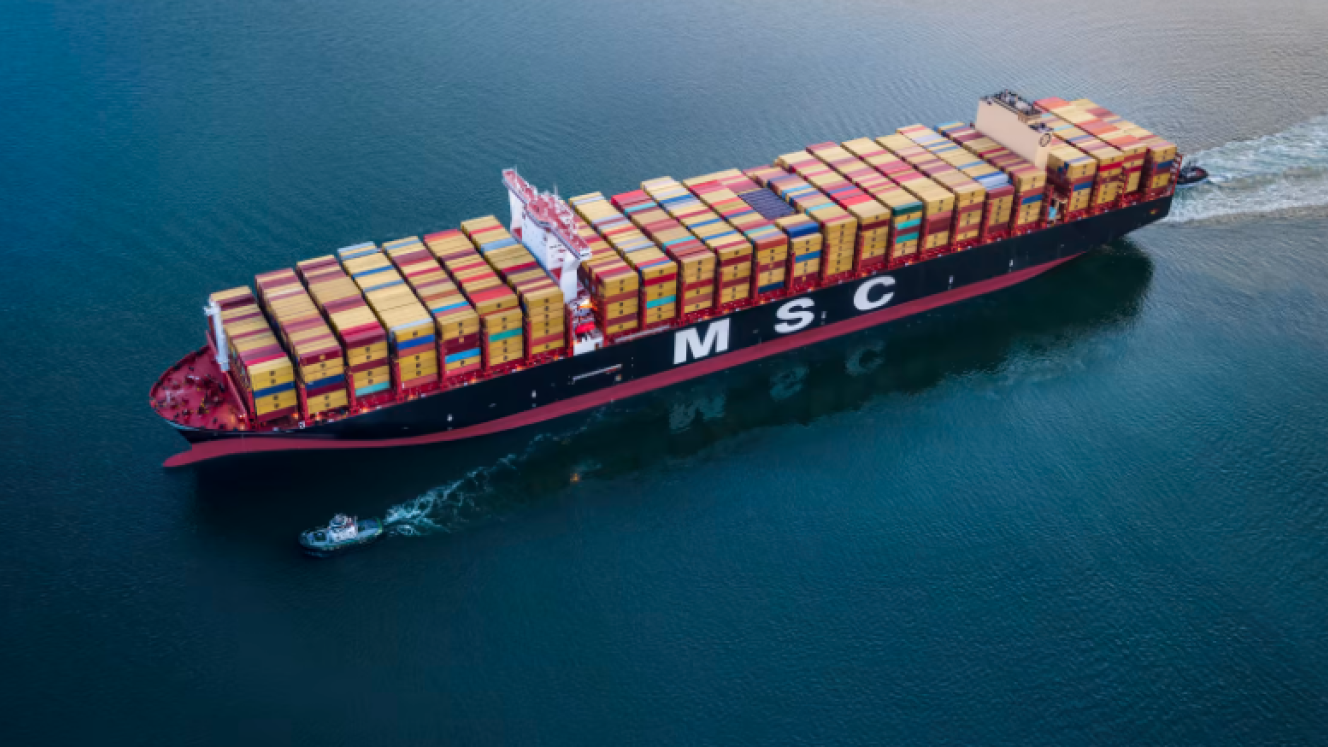The world’s top ten shipping lines are increasingly expanding into port operations and landside logistics through acquisitions, while growing their fleets, as they invest significant revenues earned during the post-Covid-19 trade boost.
Steve Wray, head of UK-based maritime advisory, Infrata Limited, highlighted the status quo of the world’s largest shipping lines and their foray deeper into the landside of the supply chain, at the Intermodal Africa 2023 conference and exhibition in Durban last week.
“The top ten shipping lines hold 84.1% of the total market share, with MSC at number one after overtaking Maersk as the largest container line in 2022. Frequent consolidations and mergers and acquisitions have resulted in the top ten shipping lines dominating the market,” Wray noted in his analysis report.
These include MSC (17.6%), Maersk (16%), CMA CGM (12.9%), COSCO, (12%), Hapag-Lloyd (6.8%), Evergreen (6.3%), ONE (5.8%), HMM (3.11%), Yang Ming (2.7%) and ZIM (2%), with other lines making up the balance of market share.
“Larger operators are insulated from the changing market conditions, as they can easily change the networks they offer and move vessels within a much wider global schedule. MSC is now the leading shipping line in terms of tonnage deployed following a 7.5% increase in capacity,” Wray said.
He added that 2022 had seen “huge profit margins” for the shipping lines as third-quarter earnings before interest and tax (Ebit) were “significantly higher” than the same period in 2021. The lines’ Ebit increases were as follows: Maersk (63.6%), COSCO (22.9%), CMA CGM (3.2%), ONE (28.7%), Hapag-Lloyd (15.4%) and Evergreen (77.5%).
However, he said there had been a “drastic quarterly drop in the fourth quarter of 2022. And the fact that 2.6% of the TEU tonnage of the total global cellular fleet is overage – older than 25 years – combined with the order book tonnage expected, oversupply now poses a plausible risk.
But this risk has not prevented shipping lines from investing in offering end-to-end supply chain services through acquisitions of logistics, e-commerce and airfreight companies. Maersk has bought out Freight Services, LF Logistics, B2C Europe and Visible SCM; CMA CGM has acquired GEFCO, Colis Privè and Ingram Micro CLS, MSC has bought Bollorè Africa Logistics, while Hapag-Lloyd has purchased SM Saam Terminal Operator and Logistics S.A. and Spinelli Group, and COSCO has launched its own supply chain division.
“Shipping lines are increasingly looking to invest in port terminals to consolidate assets, reduce costs, and increase efficiency. Some divestment is occurring because of the Russia-Ukraine conflict,” Wray said.
CMA CM owns a 75% stake in a new container port terminal at Khalifa Port in the United Arab Emirates, which is expected to be operational in 2025; Evergreen owns a 20% stake in Abu Qir Port in Egypt; Hapag-Lloyd is building a new transhipment terminal at Damietta Port in Egypt, and MSC has bought a 100% stake in the Terminal Darsena Toscana at the Port of Livorno in Italy.













